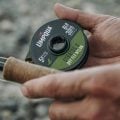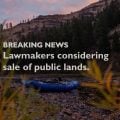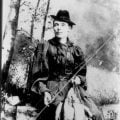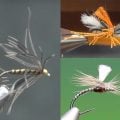Troutbitten Podcast Hits 1 Million Downloads
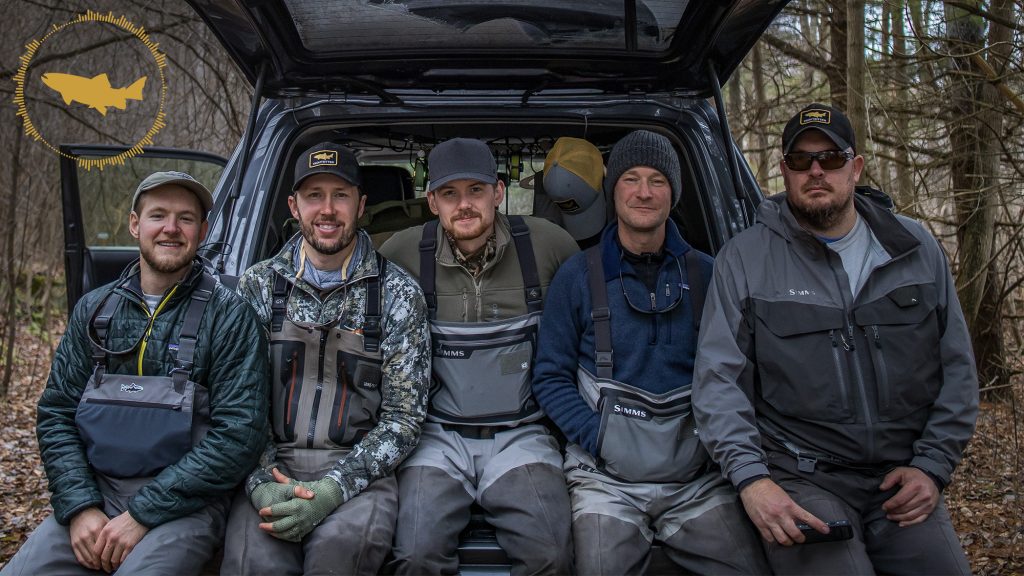
Photo: Domenick Swentosky
If you’ve consumed any online fly fishing media, chances are you’ve read something from Domenick Swentosky, over at Troutbitten. His blog is one of the most well-respected, in-depth places to learn about the nuances of this sport. Two years ago, he launched a podcast for Troutbitten, and he just recently announced that he’s crossed the one million download mark. To get one million downloads in two years is incredible, so I asked Dom if he’d be willing to chat with the readers here at MidCurrent about the podcast, and about Troutbitten in general. He was kind enough to send over some answers that offer a ton of insight into how he was able to achieve this, and some new goals he has for Troutbitten in 2024.
MidCurrent (MC): 1 million downloads – that’s incredible! The podcast game is really competitive these days (everyone seems to have one). What, specifically, has helped Troutbitten stand out in the fly fishing niche?
Dom: Thank you, Spencer.
Yes, the Troutbitten Podcast took off right away, and it has become a rewarding part of this whole project. I love seeing the connections that anglers have to Troutbitten and how much they attach part of their fishing lives to something that I created.
Success for the Troutbitten Podcast, just like the website and the videos, has come from three things: consistency, quality and authenticity.
When I started the website in 2014, there were plenty of other fishing blogs and websites out there. But I noticed a trend. People wrote for a while and then tapered off. I promised myself I would not do that. So I committed to a full year of writing every week. Then it became twice a week. And by 2017, I was committed to publishing three times a week. I’ve been doing that ever since.
I saw that model of consistency work with the website, so I wanted to do the same with the podcast. Listeners know that I publish the Troutbitten Podcast on Sunday evenings at 6:30 EST. That never changes. It’s consistent. But because I knew publishing every week would be unsustainable over the long haul, I decided to build breaks into the Troutbitten Podcast timeline. We’re now on Season Ten, with about a month-long break in between each season.
That kind of consistency, where listeners know what to expect, even comes down to some of the repeated elements of the podcasts themselves. We created a good intro, and we’ve stuck with it. We run two different formats for the podcast seasons. One of them is a Skills Series, where we address a single topic for a full season of episodes. Again, listeners know what to expect; they trust that the content will be there, so they invest themselves in it.
Quality has been another key element for every branch of Troutbitten. With the podcast, I decided to do things differently. We don’t follow the standard format of interviewing guests. Instead, I’ve relied on my good fishing friends to hold conversations that are interesting, entertaining and informative. And because we don’t have someone new as a guest every week, we can spend more time digging into the details of what listeners care about most — the fishing!
I also don’t go into a podcast blind. We have a plan. I write a layout or an outline (depending on the topic) just to help keep us on track. No one needs to hear six guys rambling and spinning inside jokes. The banter is fun though, and as time goes by, I leave more of it in there, because people know us by now. It’s fun.
I also spend time editing each podcast. I know that most podcasters don’t edit much, saying they prefer a natural conversation. I do too. But no one needs to hear me coughing, chairs squeaking, my dog barking, too many “ums” and “ahs,” or just a line of thought that doesn’t tie in or might confuse people. I used my experience with editing software from my decades as a musician, putting those skills back to work. That polished sound of a good edit helps set the podcast apart too. I’m sure of it.
The Troutbitten Podcast requires eight to twelve hours from me every week. From the layout, to the recording, the editing, the companion article, publishing and promotion, it’s a big project. So the support and the ad revenue from some of the best companies in the industry have made it possible for me to dedicate that time. Troutbitten is my career. And if it wasn’t, I’m sure I could not produce this kind of work consistently.
Authenticity is the last part. I believe listeners connect with us because they hear that we are real anglers just talking about fishing. We have strong opinions, but we’re open minded. We love fishing hard, but we like having fun. Troutbitten is an independent multi-media company. And there’s nothing else out there like Troutbitten, doing what we do while maintaining that independence. I have no editor to answer to and no parent company dictating what I should or shouldn’t write, what I should record or film. Therefore, we don’t go down the same paths or cater to the same audience that the rest of the industry does. That’s not a conscious decision as much as just following our hearts. I love creating things and knowing that people connect with it. And when creation comes without much consideration for SEO, for clicks or revenue, authenticity remains at the core, and good things follow.
MidCurrent:What have you learned as an angler from doing the podcast? I’ve found the more I write and talk about fly fishing myself, I keep learning.
Dom: I’ve learned from my friends through the conversations you hear. I learned from Trevor about wool layers, and I gave wool another chance. Now, I wear wool almost every day, for about eight months of the year. I’ve learned more about when, why and how to pause streamers from hearing Bill’s surprising answers to questions in one of our streamer episodes. Those are just a couple examples of how I’ve learned through the conversations themselves.
Hearing comments and receiving questions from listeners is also a continuing education. I get great ideas from people who have something figured out that I do not. And when multiple people ask the same follow up question, I know that we left something on the table and we missed something. Through all of that feedback, I keep getting better as a writer, podcast host, educator and communicator of fishing experiences.
MidCurrent: I know your focus has always been on helping other anglers. Why did you decide a podcast was the right way to expand your ability to help other anglers?
Dom: I didn’t decide it that way, honestly. With Troutbitten, my method has been to just keep my head down and try to create good things. I’ve had no overarching business plan or even a path to follow. So as the next opportunity or idea has come up, I’ve decided to follow through with it or put it on hold. I thought I would write and publish books before the podcast, but life worked out differently. The timing of the podcast launch just felt right. It was instinct and desire more than anything else.
And yes, I always knew that the podcast platform would allow me to communicate ideas and concepts in ways that words in articles could not. Same with video too. All media forms have their strengths. And I enjoy reaching people through different methods of creation.
MidCurrent: What exciting things do you have in mind for Troutbitten in 2024?
Dom: In 2024 we’re launching live Troutbitten podcasts on YouTube. Many of these live events will feature popular guests, where the audience can join in to ask questions of the guests or the Troutbitten crew.
We’re all excited about this addition to our podcast lineup, and I’m working on getting the software and the skills together to make these live events a slick production. The live element will be an interesting challenge. And it’ll be rewarding to watch the interaction between our audience and some of their favorite personalities in fly fishing.
Thanks for your questions, Spencer. And thanks to everyone out there who supports the Troutbitten Project.
Sage Founder Don Green Dies
PA Angler Fishes 1,400 Straight Days








